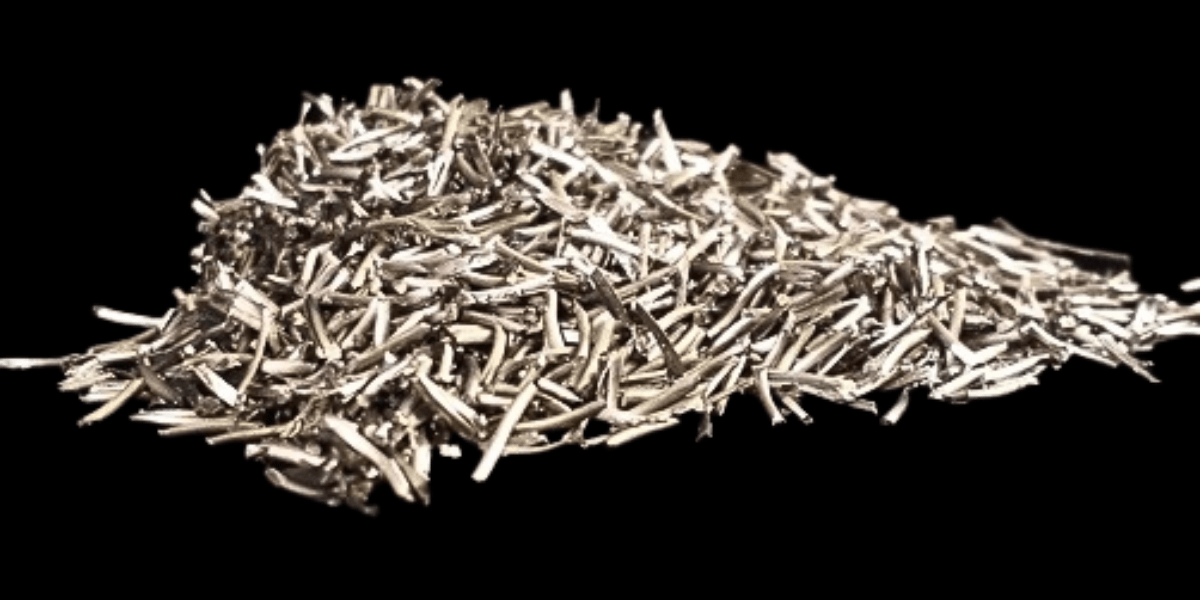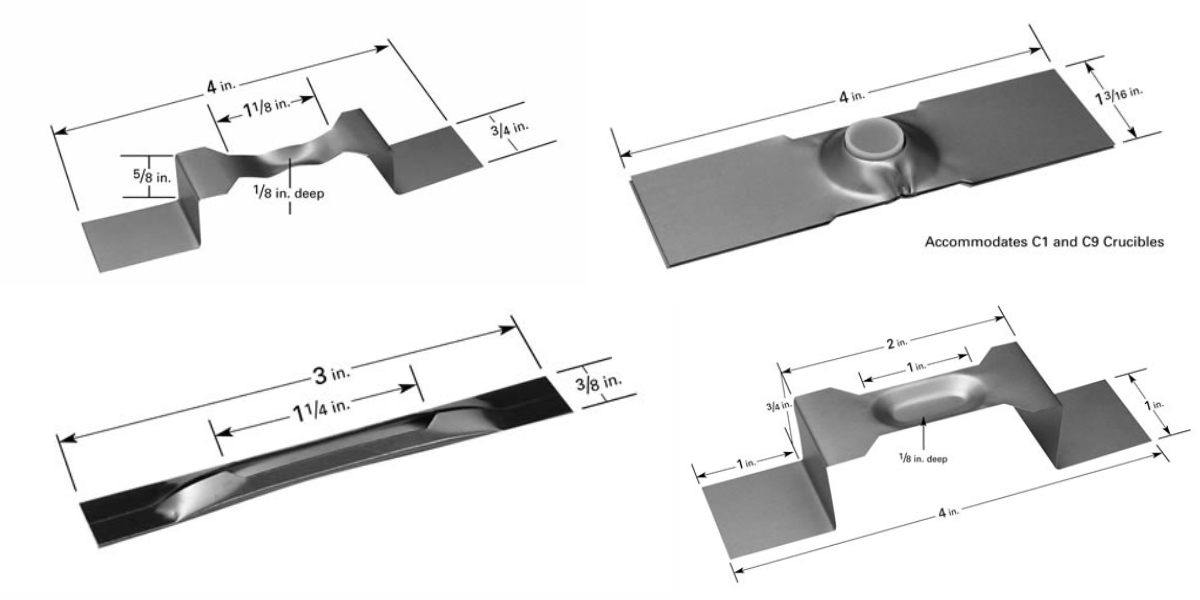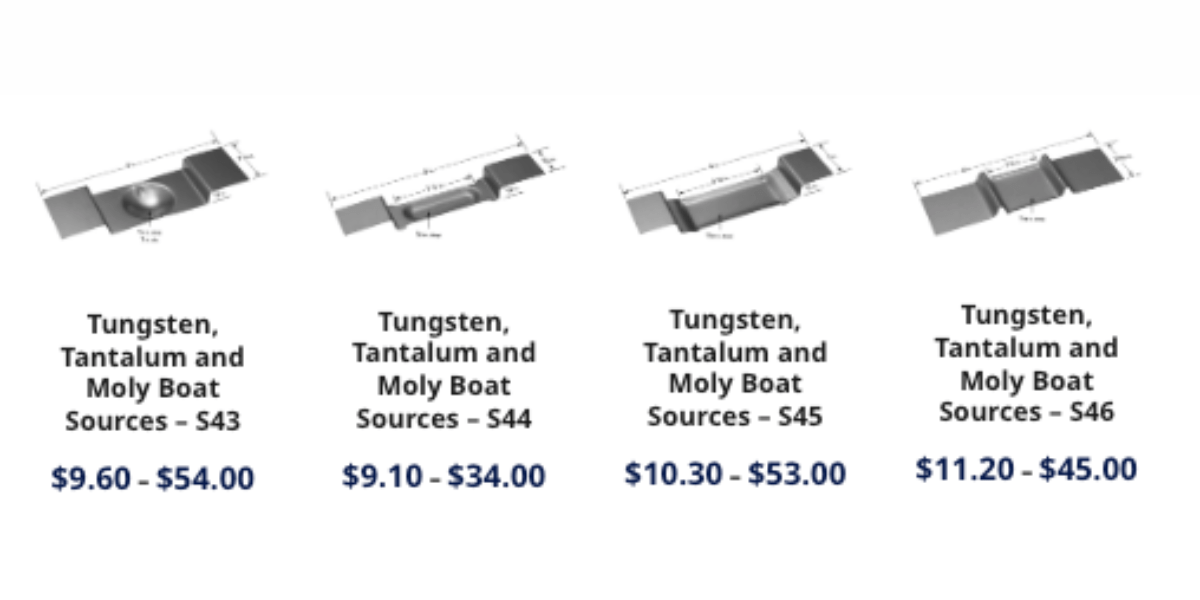About E-Beam Evaporation: Materials, Sources, and Crucibles
Thin film deposition is a crucial process in various industries, including electronics, optics, and materials science. Among the many techniques available, electron beam (E-beam) evaporation, also known as electron beam deposition, stands out as a versatile and precise method for creating thin films. So, how does electron beam deposition work?
Let’s explore key components and considerations in E-beam deposition including materials, sources, and crucibles:
E-Beam Evaporation Materials
E-beam deposition relies on the vaporization of specific materials to deposit a thin film onto a substrate. The choice of materials is critical and depends on the desired properties of the thin film. Common materials include metals, dielectrics, and organics.
Thin film metal deposition for metals such as aluminum, gold, and titanium are often used for electrical conductivity and optical applications. Dielectrics like silicon dioxide and silicon nitride are chosen for their insulating properties. Organics may include polymers or organic semiconductors. The selection of the right material is crucial for achieving the desired film properties.
Evaporation Material Fill Levels
Keep in mind the amount of material used for E-beam deposited coatings. Underfilling can cause damage to the crucible liner that holds your material. For smaller quantities, you may want to consider vacuum thermal evaporation instead.

E-Beam Evaporation Sources
E-beam evaporation sources are responsible for generating the electron beam that heats the evaporation material. Typically, a tungsten filament emits electrons when heated. These electrons are then focused into a beam using magnetic fields and directed towards the evaporation material. This process causes the material to vaporize and deposit onto the substrate.
Because of this, E-beam sources are highly controllable and can provide precise and uniform deposition, making this method of physical vapor deposition ideal for many applications such as semiconductor manufacturing. Additionally, the temperatures provided by these sources allow for high melting point materials, such as refractory metals, to be deposited.
E-Beam Evaporation Crucible
An E-beam evaporation crucible is a container that holds the evaporation material during the deposition process. Crucibles are made from materials that can withstand the high temperatures required for vaporization and sized to fit with your E-beam system. Some common materials include molybdenum and tungsten crucible liners for their melting points.
The E-beam evaporation crucible selection process can vary depending on the specific application and scaling the amount of material to be evaporated. It’s important to choose a crucible liner that is compatible with the evaporation material and has enough volume for the quantity you plan to use for coating.
Shop E-Beam Crucible Liners
E-beam deposition is a versatile and precise technique for depositing thin films in various industries. Selecting the right materials, sources, and crucibles is essential to achieve the desired film properties and maintain the efficiency of the evaporation process.
Visit our website to shop R.D. Mathis Company’s collection of E-beam crucible liners. Or, read more about Dual E-Beam evaporation technology.



